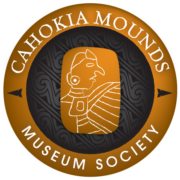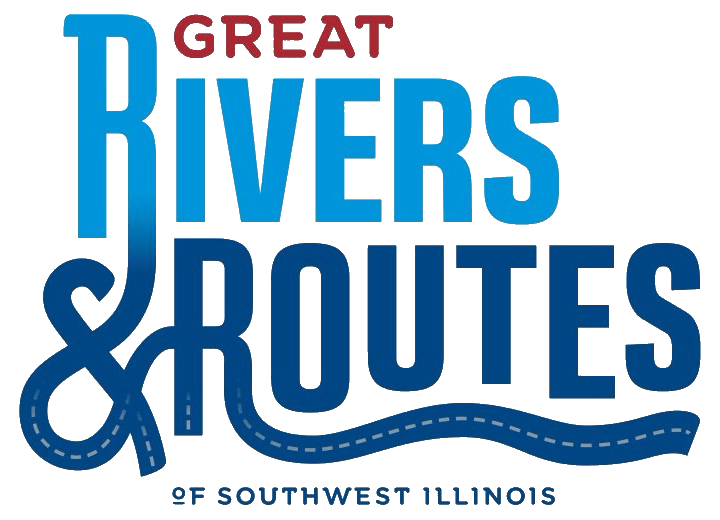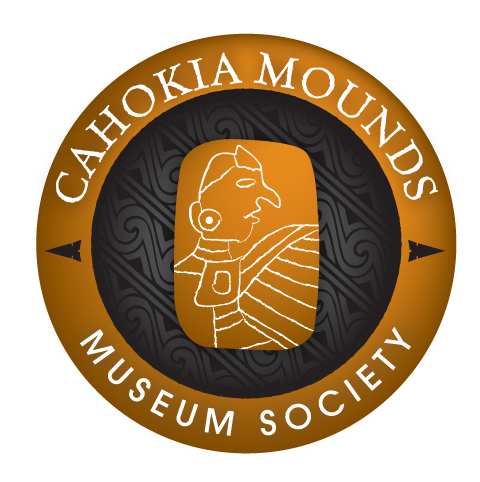The 2017 Winter Lecture Series begins January 15 at 2 pm. The first installment is Geophysical Prospection and Excavation of Middle Woodland Mounds in the Lower Illinois Valley. Jason King, PhD, Director, Center for American Archeology, Kampsville, Illinois, will present on geophysical surveys and excavation of Middle Woodland mounds. This presentation will discuss recent insights gained at several mound sites in the valley and their importance for understanding Illinois Valley prehistory.
The second lecture will take place February 26, at 2 pm. Tamira K. Brennan, PhD, Illinois State Archaeological Survey, American Bottom Field Station Coordinator will present Insights and Updates on Greater Cahokia from Excavations at the East St. Louis Precinct. This presentation overviews the results of the past five years of analysis and reporting on ISAS’ research at the East St. Louis Mound Complex.
Abstract: The Interstate 70 approach to the new Stan Musial Veterans Memorial Bridge lies over what was once a Native American mound center second only in size to Cahokia: East St. Louis. From 2009-2012 the Illinois State Archaeological Survey (ISAS) undertook extensive excavations at East St. Louis, revealing a densely occupied village and ceremonial center that spanned the Terminal Late Woodland and Mississippian periods (AD 900-1250). In total, over 6,000 archaeological pits, structures, monumental posts, and other features were uncovered. These features and the materials recovered from them tell us about the daily life of the peoples who once inhabited this region, about the social and political structure of their society, and about how East St. Louis, Cahokia, and many other villages large and small together formed one of North America’s first and largest pre-Columbian cities. This talk overviews the results of the past five years of analysis and reporting on ISAS’ research at the East St. Louis Mound Complex.
On March 19, at 2 pm, G. William Monaghan, PhD Indiana Geological Survey, Indiana University-Bloomington and Jeremy J. Wilson, PhD, Department of Anthropology, Indiana University-Purdue University Indianapolis will present Anthropogenic Transformation and Population Processes at Angel Mounds: The Founding, Flourishment and Final Days of a Mississippian Village.
Abstract: Since 2005, archaeological investigations at Angel Mounds, a Mississippian village along the Ohio River in southwest Indiana, have tackled a series of questions related to anthropogenic transformation, the timing of fortification construction, and the use-life for various habitation components of the site. Collectively this research aims to understand the intensity and trajectory of population-level processes at the site from its founding in the 11th century through abandonment in the early 15th century. The well-controlled chronology and developmental history for Angel Mounds derived from a decade of excavations and re-analysis of collections shows that the site underwent different developmental phases. The first occurred AD 1070-1250 with the site serving as an unfortified, ceremonial center with intensive earthwork construction, but few permanent residents. The second phase included the development of a fortified village and increased residential population after AD 1300. Meanwhile, the abandonment of Angel Mounds in the early 15th century is attributed to increasing socio-political instability triggered by escalating levels of regional warfare and climatic unpredictability associated with the onset of the Little Ice Age.




